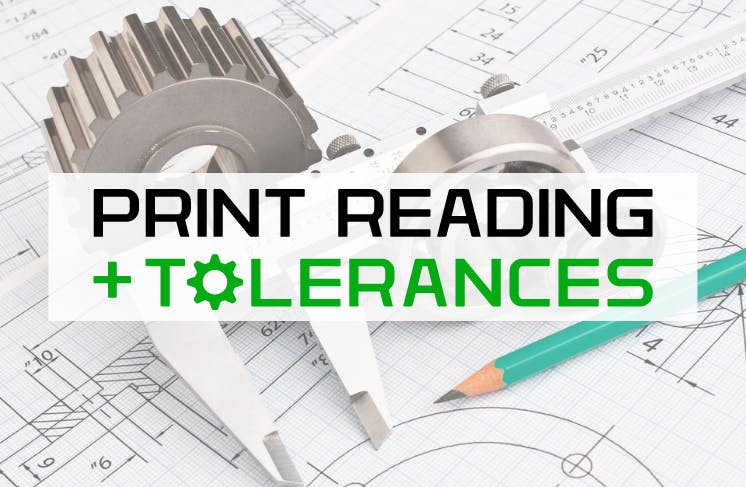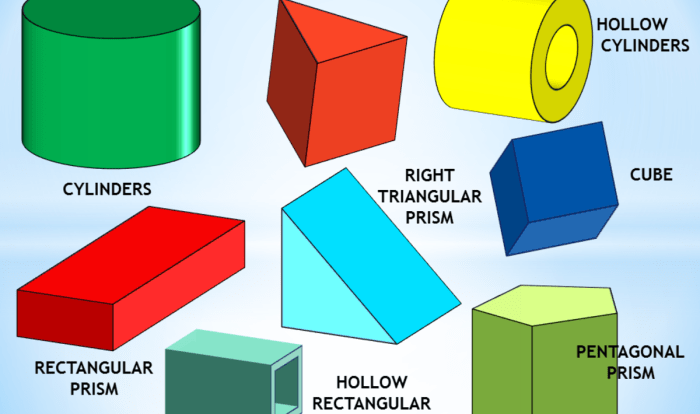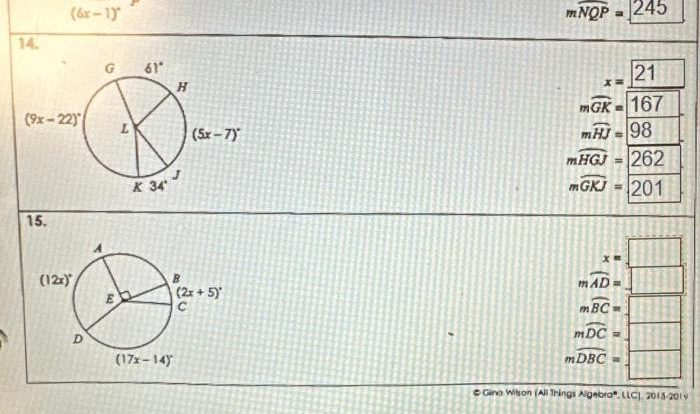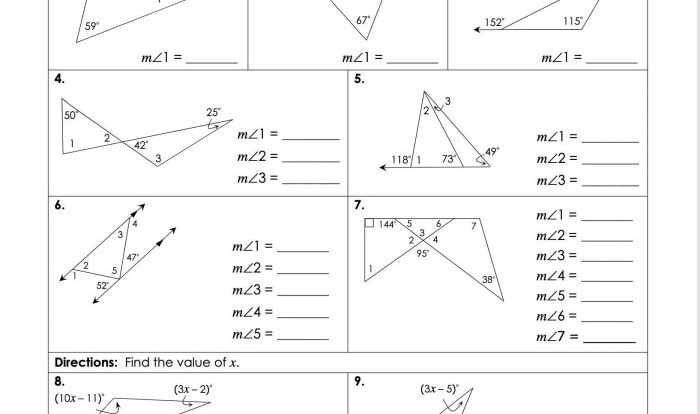Geometry chapter 12 test answers – Embark on a journey to conquer geometry chapter 12 with our comprehensive guide to test answers. Dive into a treasure trove of essential concepts, formulas, and problem-solving strategies that will empower you to excel in your exam.
Unravel the secrets of geometry chapter 12 as we navigate through key concepts, formulas, and problem-solving techniques. With our expert guidance, you’ll master the intricacies of this chapter and emerge victorious in your test.
Geometry Chapter 12 Test Answer Key Overview

Geometry Chapter 12 Test Answer Key provides comprehensive solutions to all questions and problems covered in Chapter 12 of the Geometry textbook. Chapter 12 delves into the concepts of circles and their properties, including tangents, chords, secants, and inscribed and circumscribed polygons.
The test answer key is designed to help students assess their understanding of the chapter’s content and identify areas where they need additional support. The answer key includes detailed explanations and step-by-step solutions for each question, allowing students to pinpoint their errors and improve their problem-solving skills.
Question Types in the Test
The test answer key covers a wide range of question types, including:
- Multiple choice questions
- True or false questions
- Short answer questions
- Problem-solving questions
The answer key provides clear and concise answers to all questions, ensuring that students have a thorough understanding of the chapter’s concepts and can apply them effectively to solve problems.
Key Concepts and Formulas
Chapter 12 of geometry delves into the realm of circles, encompassing a multitude of concepts and formulas that are instrumental in solving geometry problems. These concepts and formulas provide a framework for understanding the properties of circles, enabling students to analyze and solve problems related to circles with precision and accuracy.
At the heart of circle geometry lies the concept of a circle, defined as the set of all points equidistant from a fixed point called the center. This concept is closely intertwined with the concept of radius, which represents the distance from the center to any point on the circle.
The diameter, on the other hand, is the line segment that passes through the center and has endpoints on the circle, essentially being twice the length of the radius.
One of the fundamental formulas in circle geometry is the circumference formula, which calculates the distance around the circle. It is given by C = 2πr, where C represents the circumference, π is a mathematical constant approximately equal to 3.14, and r denotes the radius of the circle.
This formula enables students to determine the perimeter of a circle, a crucial measurement in various applications.
Another essential concept in circle geometry is the area of a circle. The area formula, A = πr², provides a means to calculate the enclosed space within a circle. Here, A represents the area, π is the same mathematical constant, and r symbolizes the radius of the circle.
This formula empowers students to determine the surface area of circular objects, a valuable skill in fields such as engineering and architecture.
Equations of Circles
In addition to the concepts and formulas mentioned above, Chapter 12 also introduces the equations of circles. These equations provide an algebraic representation of circles, allowing students to analyze and solve problems involving circles using algebraic techniques.
The standard equation of a circle is given by (x – h)² + (y – k)² = r², where (h, k) represents the coordinates of the circle’s center and r denotes the radius. This equation enables students to determine the center and radius of a circle from its equation, as well as to graph circles in the coordinate plane.
The point-slope form of the equation of a circle is another useful representation, given by (x – x₁) (x – x₂) + (y – y₁) (y – y₂) = r², where (x₁, y₁) and (x₂, y₂) are the coordinates of two points on the circle.
This form is particularly useful when the center of the circle is not known but two points on the circle are given.
Applications of Circle Concepts and Formulas
The concepts and formulas of circle geometry find widespread applications in various fields, including engineering, architecture, and design. Engineers use circle geometry to design and analyze circular structures such as bridges, tunnels, and pipelines. Architects employ circle geometry to create aesthetically pleasing and functional buildings, incorporating circular elements into their designs.
Designers utilize circle geometry to develop logos, patterns, and other visual elements that incorporate circular shapes.
Problem-Solving Strategies
Effective problem-solving strategies are crucial for success in geometry chapter 12. Understanding the problem, visualizing it, and applying logical reasoning are essential components of solving geometry problems efficiently.
Approaching different types of geometry problems requires specific strategies. For example, solving angle relationships problems involves understanding angle measures and properties, while solving triangle congruence problems requires applying congruence theorems.
Diagrams and Visualizations
Diagrams are powerful tools in geometry problem-solving. They help visualize the problem and identify important relationships. Drawing diagrams accurately and labeling all relevant information is essential.
Logical Reasoning
Logical reasoning involves using deductive and inductive reasoning to draw conclusions and solve problems. Applying geometric theorems, properties, and definitions is crucial for logical reasoning in geometry.
Estimation
Estimation can provide quick approximations and help check the reasonableness of solutions. For example, estimating the area of a circle using its radius can help determine if the calculated area is within a reasonable range.
Sample Questions and Solutions
This section provides sample questions from Chapter 12 test along with step-by-step solutions and detailed explanations.
Sample Question 1
Find the area of a triangle with a base of 10 cm and a height of 8 cm.
Solution
Area of a triangle = (1/2) x base x height
= (1/2) x 10 cm x 8 cm
= 40 cm 2
Sample Question 2
Find the volume of a rectangular prism with a length of 5 cm, a width of 3 cm, and a height of 2 cm.
Solution
Volume of a rectangular prism = length x width x height
= 5 cm x 3 cm x 2 cm
= 30 cm 3
Sample Question 3
Find the surface area of a cube with an edge length of 4 cm.
Solution
Surface area of a cube = 6 x (edge length) 2
= 6 x (4 cm) 2
= 96 cm 2
Practice Exercises
Practice exercises are essential for reinforcing the concepts and formulas covered in Chapter 12. These exercises help students develop their problem-solving skills and improve their understanding of the material.
The practice exercises in this section are organized into different difficulty levels, ranging from basic to challenging. Students should start with the easier exercises and gradually work their way up to the more difficult ones.
Easy Exercises
- Find the area of a triangle with a base of 10 cm and a height of 8 cm.
- Find the volume of a rectangular prism with a length of 5 cm, a width of 3 cm, and a height of 2 cm.
- Find the surface area of a sphere with a radius of 4 cm.
Medium Exercises
- Find the volume of a cone with a radius of 5 cm and a height of 10 cm.
- Find the surface area of a cylinder with a radius of 3 cm and a height of 6 cm.
- Find the volume of a pyramid with a square base of side length 5 cm and a height of 10 cm.
Challenging Exercises, Geometry chapter 12 test answers
- Find the volume of a frustum of a cone with radii of 5 cm and 10 cm and a height of 10 cm.
- Find the surface area of a sphere inscribed in a cube with a side length of 10 cm.
- Find the volume of a regular tetrahedron with a side length of 6 cm.
Answer keys for the practice exercises are provided at the end of this section.
Additional Resources

Geometry Chapter 12 covers complex concepts and requires a strong understanding of the subject. To enhance your comprehension and preparation for the test, consider exploring these additional resources:
Online Tutorials and Videos
*
-*Khan Academy
Offers free video tutorials and practice exercises on geometry concepts, including Chapter 12 topics.
-
-*PatrickJMT
Provides clear and concise video explanations of geometry theorems, proofs, and problem-solving techniques.
-*Brightstorm
Features interactive video lessons and animations that bring geometry concepts to life.
Interactive Simulations
*
-*GeoGebra
A free online platform that allows you to create and explore interactive geometry constructions.
-
-*Desmos
Offers a graphing calculator with geometry tools for visualizing and manipulating geometric figures.
-*SketchUp
A 3D modeling software that can be used to create and explore geometric shapes and structures.
Textbooks and Online Courses
*
-*Geometry for Enjoyment and Challenge (4th Edition) by Richard Rhoad, Lee Stiff, and Peter Perkins
A comprehensive textbook that covers geometry concepts in depth, including Chapter 12 topics.
-
-*Geometry
Concepts and Applications (6th Edition) by Laurie Boswell and Judith Green: Another comprehensive textbook with a focus on real-world applications of geometry.
-*EdX Course
Geometry: An online course offered by MITx that covers fundamental geometry concepts, including Chapter 12 topics.
These resources provide diverse learning opportunities to cater to different learning styles and reinforce your understanding of geometry Chapter 12 concepts. Utilize them to supplement your studies and enhance your preparation for the test.
Frequently Asked Questions: Geometry Chapter 12 Test Answers
What are the key concepts tested in geometry chapter 12?
Geometry chapter 12 delves into essential concepts such as circles, triangles, quadrilaterals, and their properties. Understanding these concepts is crucial for success in the test.
How can I effectively solve geometry chapter 12 problems?
Mastering problem-solving strategies is key. Utilize diagrams, logical reasoning, and estimation techniques to break down complex problems into manageable steps.
Where can I find additional resources for geometry chapter 12?
Explore our curated list of online tutorials, videos, interactive simulations, textbooks, and online courses to enhance your understanding and solidify your knowledge.



